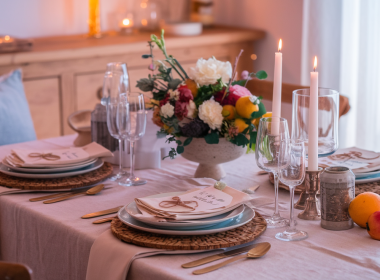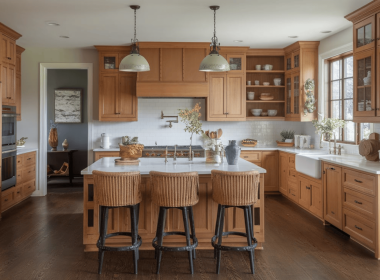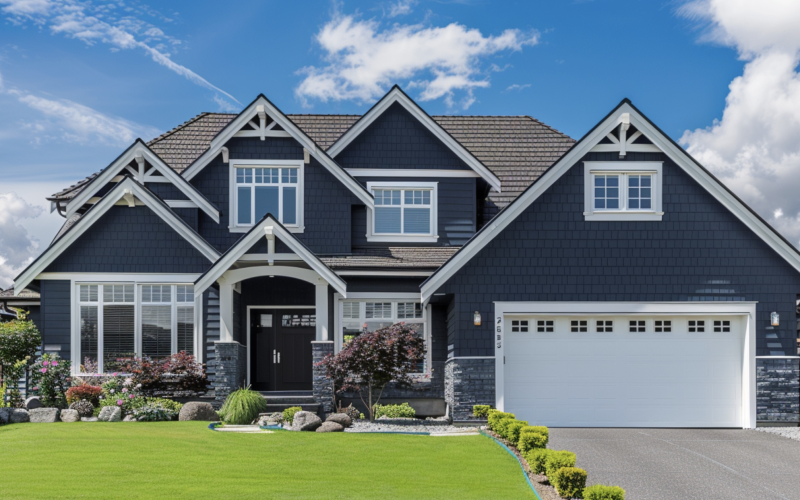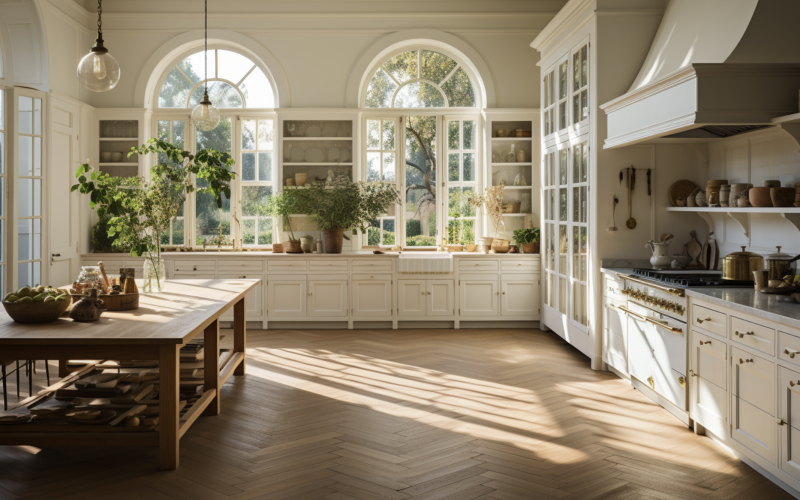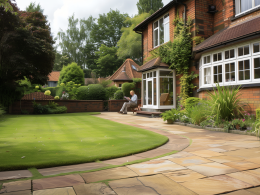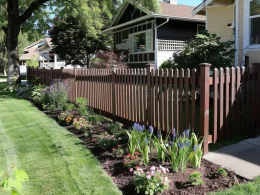Many homeowners struggle with choosing the right fence for their property, especially regarding shared boundaries.
A good neighbor-style fence can be the perfect solution, benefiting you and your neighbors.
Understanding this type of fence is key, whether looking for modern front yard fence ideas or considering a backyard upgrade.
This article will explain what makes a good neighbor fence unique and why it might be the ideal choice for your home.
We’ll explore these fences’ design, benefits, and considerations to help you decide on your property boundaries.
Let’s dive into the world of good neighbor fences and see how they can enhance your yard while keeping relations friendly.
Understanding Good Neighbor Fences: An Overview
A Good Neighbor Fence is a fence where the finished side faces your neighbor’s property. This means you see the posts and rails while your neighbor enjoys the smoother side.
It’s about being thoughtful and following rules. By giving your neighbor a nice view, you’re showing you care about their perspective. It’s a small act that can keep things friendly.
Many areas have rules about fence appearance. Choosing a Good Neighbor Fence often helps you meet these requirements. This can save you trouble later on.
In short, this fence style keeps your yard tidy, makes neighbors happy, and helps you follow local rules. It’s easy to be a good neighbor and a wise homeowner.
Characteristics of a Good Neighbor Fence
1. Visual Appeal
A true Good Neighbor Fence looks nice from both sides. No one gets stuck with an ugly view.
Both you and your neighbor see a smooth, finished surface. This means no more worrying about who gets the “good side.”
Some fences switch between nice-looking panels and not-so-nice ones. But a Good Neighbor Fence keeps things the same all the way along.
This even look makes both yards feel more put together.
2. Structural Design
While wood is the go-to material for these fences, some folks try vinyl for a more up-to-date look.
Vinyl can be a good choice if you want something easy to keep clean.
The clever part is how the fence is put together. Instead of obvious posts and rails on one side, everything is built in, which means both sides of the wall look neat.
Focusing on these features, a Good Neighbor Fence does what its name suggests—it keeps everyone happy by being fair and looking good.
Practical Tips for Installation
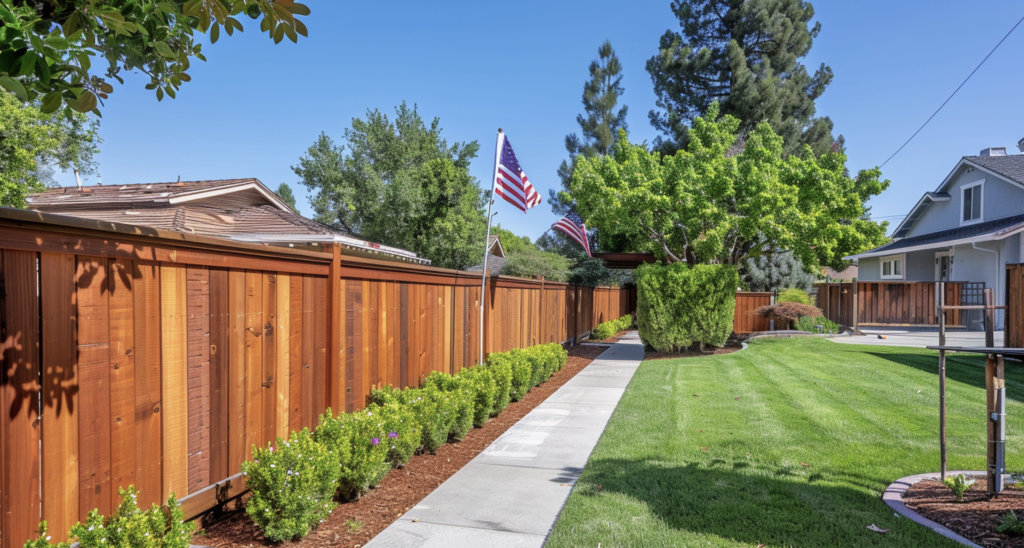
Planning and Execution
While DIY can be fun, getting pros to install your fence is often smart. They know the ins and outs of proper installation, which can save you headaches.
Plus, they can help ensure your fence stays standing for years.
Before you start building, check your local rules. You might need to get permits or have your plans approved.
This step is key to avoiding problems later on. It’s better to do things right from the start than to fix issues after the fence is up.
Cost Sharing
Now, let’s talk money. Usually, the cost of a Good Neighbor Fence is split between you and your neighbor.
This makes sense since you both get to enjoy a nice-looking fence. But it’s important to agree on this before you start any work.
Have a clear chat about who’s paying for what. Being open about money from the beginning can prevent misunderstandings later on.
Maintenance and Upkeep
1. Shared Responsibility
Remember, a Good Neighbor Fence is a team effort. Both you and your neighbor should pitch in to keep it looking good.
This might mean splitting the cost of repairs or sharing upkeep tasks. It’s all about working together.
2. Regular Checks
Walking along the fence every few months to check for problems would be best. I look for loose boards, rust spots, or any signs of wear.
If you spot an issue, fix it quickly. Small problems can turn into big ones if left alone.
3. Longevity Tips
Want your fence to last? Choose materials that can handle your local weather.
If you’ve got a wooden fence, consider using a protective coating. It’s like sunscreen for your fence—it helps guard against sun and rain damage.
You and your neighbor can enjoy your Good Neighbor Fence for years by staying on top of maintenance. It’s a small effort that pays off in the long run.
Alternative Designs
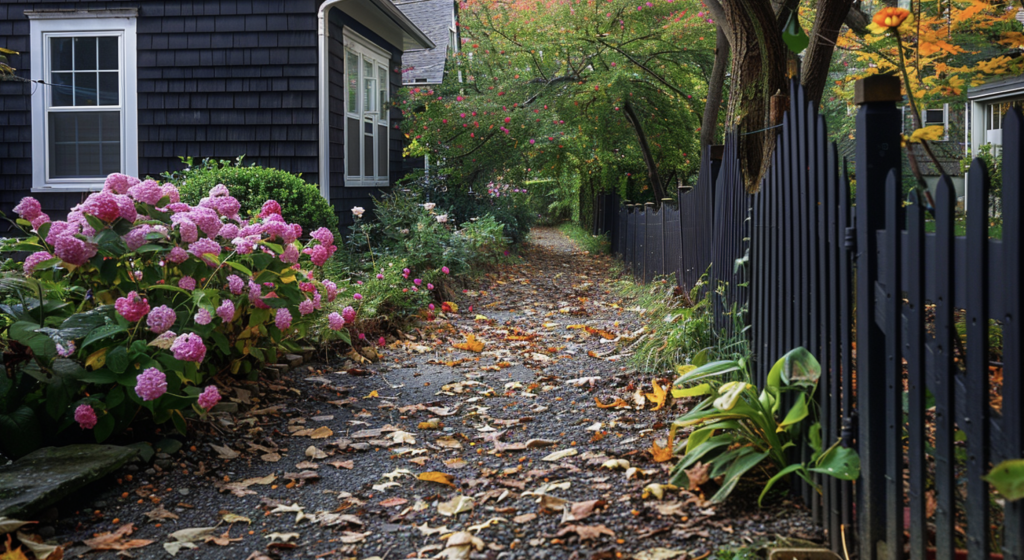
Shadow Box Fences
One popular choice is the Shadow Box fence. This style looks the same on both sides, which is perfect if you want to avoid the whole “good side, bad side” issue.
It’s built with boards on opposite sides of the fence rails, creating a neat, balanced look from any angle.
Other Styles
There are lots of other fence styles to pick from. You might like a picket fence for a classic look or a horizontal board fence for something more modern.
Discussing it with your neighbor and finding a style you like is key.
Remember, the best fence is one that makes both of you happy. Take some time to look at different options together.
You might find a design that perfectly suits your tastes and your yards.
By exploring these alternatives, you can find a fence that’s good for both neighbors and for both of you.
Conclusion
Ultimately, a Good Neighbor Fence is more than just a boundary – it symbolizes cooperation and respect.
By choosing this style, you’ll improve your property and foster good relationships with those next door.
Remember, the key to success lies in open communication, fair cost-sharing, and shared upkeep.
Whether you opt for a traditional Good Neighbor Fence or explore alternatives like the Shadow Box design, the goal remains: creating a boundary that works for everyone.
Don’t forget to check local regulations, get the right permits, and consider professional installation for the best results.
By following the tips we’ve discussed, you can enjoy a fence that looks great, lasts long, and keeps the peace in your neighborhood.
After all, good fences do make good neighbors!
Frequently Asked Questions
How Tall Can a Good Neighbor Fence Be?
Height limits vary by location. Most areas allow 6-8 feet but check your local zoning laws. Some places require permits for fences over 6 feet tall.
How Long Does a Good Neighbor Fence Typically Last?
With proper maintenance, wooden fences can last 10-15 years. Vinyl fences may last 20-30 years. Regular upkeep and prompt repairs extend lifespan.
Can I Build a Good Neighbor Fence without My Neighbor’s Agreement?
While possible, it’s not recommended. Discuss your plans with your neighbor first. Some areas require neighbor approval for shared boundary fences.

